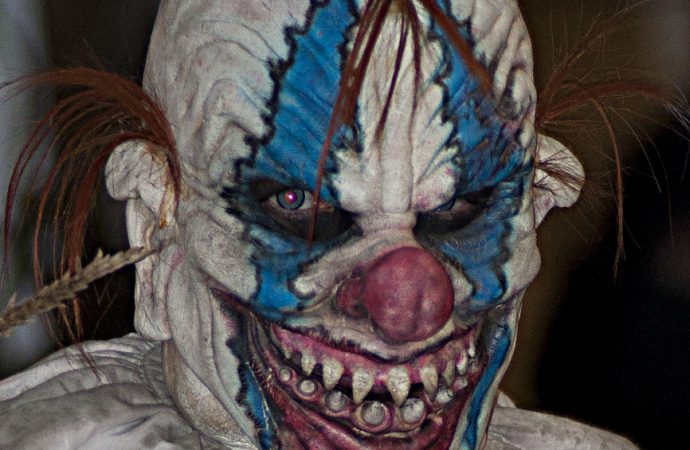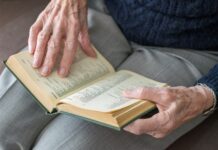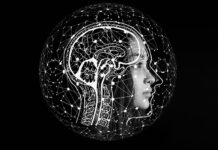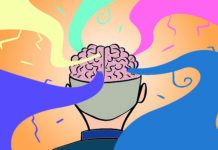Scary clowns’ costumes will be a must this Halloween. Wandering in cemeteries and woods, stalking strangers on the streets or staring at people across their cars, clowns have quickly become a nightmare. But what is it about clowns that make them so deeply scary for some people?
Fear of the unknown
With their makeup masks, oversized clothes and big rounded shoes, clowns are enigmatic creatures. Behind the mask lies a human being we will never get to know; all we see is what he wants us to see.
Besides, we are never sure how a clown feels; emotions hide under the cover of layers of makeup and his true feelings never come to surface. Thus, it is difficult for us to interact with clowns because we don’t know how our actions and words affect them.
Not-so human creatures
We do not fear clowns because they look like weird aliens. On the contrary: clowns scare us because they resemble us, but not in a normal fashion. Freud referred to this phenomenon as the uncanny effect. ‘The uncanny derives his terror not from something externally alien or unknown but – on the contrary – from something strangely familiar which defeats our efforts to separate ourselves from it”.
Thus, although we can recognize clowns as humans, their faces cause us a subtle repulse because they deviate from the norm. Adding to human-like faces, we are also sensitive to body shape and movement; clowns have a human figure, but their clumsy movements and their foolish and awkward tricks make them look weird. Besides, clowns’ pale and distorted faces make us think of dead bodies. Therefore, clowns’ physical weirdness itself may not be enough to justify our fear of clowns, but it helps to enhance other creepy features.
Unpredictability
Clowns often evoke in us a feeling of embarrassment. Neurologist Dean Bunnet explains that clowns, or any other comedian or entertainer for that matter, do not play by the societal rules. Their behavior differs from what we expect from people and thus we perceive them as a social threat, an element that can put in danger the collective community balance.
Besides, when we are around clowns, our social anxiety alarms begin to sound, mainly due to an old and familiar feeling of fear of being judged and mocked in front of others. At the same time, we envy clowns’ unique forms of expression: their freedom to make fun of everyone without consequences and to express themselves whichever way they desire. They are a continuous reminder of how ridiculous and petty one can be.
Cultural input
Although a lot of adults experience it, psychologists say the fear of clowns develops mostly during childhood. A 2008’s survey with children between the ages of four and sixteen found that most youth does not like clowns. They are not seen as funny but rather as odd creatures. Adults feel uncomfortable with clowns around children as well. The idea of a stranger that combines an anarchic behavior with weird makeup around children raises unconscious suspicions.
When exactly did clowns become regarded as dark and weird creatures? There is evidence of clowns and jokers since the ancient empires, such as China or Egypt. Their comedy was always based on their manic behavior, either on their addiction to alcohol, food, and sex or on their acute societal criticism.

But it was only later that clowns became a figure of terror, often associated with violent crimes and obscure murders. Perhaps the most remarkable episode, that forever shaped America’s image of clowns, happened during the 70s in Chicago. John Wayne Gacy, later known as the Killer Clown, was seen by his neighbors as a friendly man who used to throw parties for the neighbors, where he dressed as his alter ego ‘Pogo the Clown’. In 1978, a young man went to the Chicago police department claiming he had been kidnapped and sexually assaulted by Gacy. After searching Gacy’s house, the police found the bodies of 33 young men, that Gacy killed dressed as his alter ego, ‘Pogo the Clown’.
While other episodes of violence involving clowns were widely reported in the media, the Hollywood industry found in clowns the perfect characters for horror movies. From the cinematographic adaptation of Stephen King’s book It, to the villain Joker or Spielberg’s Poltergeist, the movie industry has made sure that the most famous clowns to us are the scary ones.
The conditions are thus reunited to create a character that is feared or hated by most part of the population. The recent ‘creepy clown’ mania has not helped people to overcome people’s deep repulse for clowns, but clown phobia has been identified long before. There is even a word for it: Coulrophobia. Although it is not officially recognized by the World Health Organization as a psychiatric disorder, several online spaces are dedicated to helping people overcome their darkest fears of jokers. So, if you have difficulty in breathing or you experience panic attacks and irregular heartbeats around clowns, know you are not alone.
Sources:
The Guardian – Coulrophobia: why clowns trigger our fear
The Telegraph – Why are we so scared of clowns?
Image Credit: Chris Rice / Flickr





